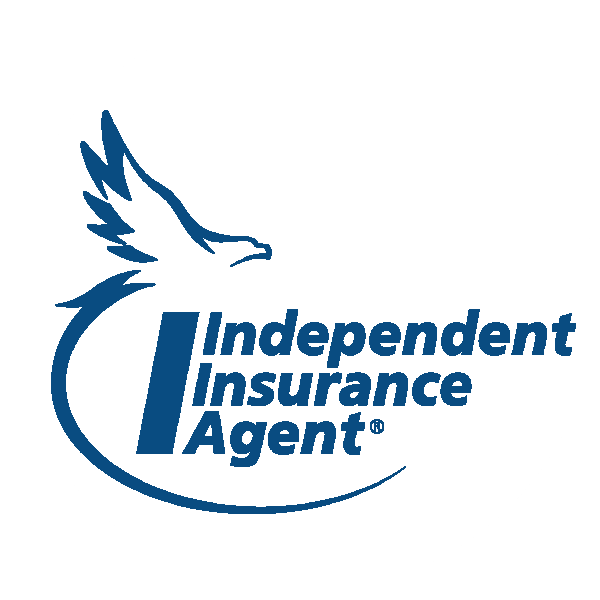10 Ways to Lower Your Worker’s Compensation EMOD Rating in 2023
CHECK OUR PRICESYour workers' compensation insurance premiums can make a huge percentage of your annual expenses. This type of policy takes up the biggest chunk of your insurance costs. However, there are some ways you can reduce these costs. Your workers' compensation premium is actually dependent on your experience modification (EMOD) rating. To reduce your workers' compensation premiums, you need to lower your workers’ compensation EMOD rating.
Read on to learn what the EMOD rating is, how it is calculated, and how you can lower it to reduce your workers’ compensation insurance costs.
What Is an EMOD Rating for Workers Compensation Insurance?
The EMOD rating of a business, also known as EMR, is a rating factor that insurance providers apply to all the experience-rated workers’ compensation insurance policies. It depends on the amount and extent of safety risks you have on the site. This rating is based on comparing different businesses in the same industries. For instance, a car manufacturer will be compared with other car manufacturers.
A business’s EMOD rating is calculated by using loss data, classification codes that specify different job duties by employees, and three years of payroll. However, this does not include the recent expired policy year.
Although it takes some time, there are many ways you can improve your workers’ compensation premium costs by lowering your EMOD rating.
How to Lower Your Workers’ Compensation EMOD Rating?
Validate the EMOD Rating Data
Most of the high insurance premiums are a result of data-reporting mistakes and calculation errors. In fact, workers’ compensation insurance recovery professionals find errors in almost half of the EMOD rating audits they conduct every year.
The most common issues include classification code errors, high payrolls that do not get included in the calculation (only the losses are weighed in), losses from other employers that are incorrectly coded to you, claims closed at lower amounts, claims tagged as open but are really closed, and more.
You must identify these errors and correct them to ensure that your EMOD rating is accurate. This can only be achieved by conducting regular audits and validating your EMOD rating worksheet data to ensure completely error-free. Most of the time, you will find an error and get a chance to get it fixed before the data is shared with your insurance provider.
Create a Return-to-Work Program
The best way to reduce your overall loss is by having your employee return to work as soon as possible. By providing them light-duty work conditions that are modified according to their comfort, you can bypass the indemnity payments (time lost payments).
This would motivate your injured workers to get back on track and allow them to return to their job duties as soon as possible. Moreover, you will get to have reduced turnover and retain experienced employees.
However, only 30% of the claim costs for medical-only claims are included in your EMOD rating. A medical-only claim is the one where your worker does not miss work due to an injury or when they return to work under the stated waiting period.
Claims Management
Your HR and broker should actively participate in post-claims management and study the reserves on the open claims. The open claims are actually considered "real" loss, so they must be closed as soon as possible.
You should also ensure that the reserves are not set higher than needed. Ask your insurance provider to justify if it's higher and whether it needs adjustment. You can get the lowest claim value by closing the claims quickly without any overly stated reserves.
Investigate All the Accidents
Whenever an accident occurs at the worksite, no matter how big or small that is, make sure that your safety committee investigates it. This should also include the first-aid only accidents so that the cause of the incident is identified and taken care of.
If you do not know what caused the incident and why it happened, you won't be able to improve the work processes and eliminate the safety risks. By identifying specific hazards that result in accidents, you can establish and implement methods to prevent any losses and incidents in the future. You must also carry out accident documentation to spot any trends that may require the implementation of safety protocols or additional training.
Develop a Safety Program
Developing a safety program is the best approach to reducing the chances of future accidents and insurance claims. Your safety program must be in line with the Occupational Safety and Health Administration (OSHA). It should be implemented into all the daily operations to prevent any accidents.
The best kind of safety program is the one that documents safety protocols and lists all the training and education requirements. You can even get a discount on your premium or premium credit for implementing a solid safety program. The more specific and detailed your program is, the higher your chances are of getting a discount.
Ensure that Your Employees Receive Safety Training
Another way to lower your workers’ compensation EMOD rating is to ensure that your employees receive safety training. Make sure all your workers know their responsibilities regarding workplace safety and understand the consequences of violations.
And the only way to do it is to implement education and safety training to ensure an effective reduction in losses. This would positively influence your EMOD rating and lower your workers' compensation premiums.
Screen Before You Hire
One of the best preventative measures you can take to reduce the chances of any safety hazards is to screen before you hire. This can go a long way toward reducing your compensation claims and losses. Employment forms and medical questionnaires during the recruitment process offer an assessment of the applicant's abilities and prove to be successful in identifying any conditions they may have.
Employers should use these forms to determine an applicant’s ability to perform their job. This way, you can avoid assigning them a role that does not align with their physical capabilities. Employers must also conduct drug testing before hiring and after an accident. By taking these preventative measures, you can ensure that the candidates are the right match for their job roles and that there won’t be any accidents in the future.
Pay the First-Aid Costs from Your Own Pocket
Some states allow you to report an accident for information only and pay the small, medical-only claims for your own pocket. This would reduce the frequency of accident claims and influence your EMOD rating, lowering your workers' compensation costs.
The first step to achieving this is understanding how your EMOD rating affects your workers' compensation costs. This way, you can control these costs and continually make efforts to improve the factors that affect these costs.
Create a Feedback Program
It is important to create a culture of getting feedback from your employees for every job role. After implementing a safety procedure, ask them for their feedback on the new implementations. Since your employees are the ones working on the site, they are more familiar with safety risks and the impact of your safety program on these risks.
Therefore, it is important that you encourage them to share their feedback regarding the safety programs and whether they have any suggestions to improve the safety conditions in different departments.
Communicate with the Affected Employees
In case of any workers' compensation insurance claims, it is important that you have regular communications with the affected employees and the adjuster of the insurance claim. This will ensure that you get the best claim outcome.
You should also monitor the progress of the claims closely and pay close attention to the indemnity payments. The goal should be to have the affected employee back at work as soon as possible, fully support their recovery from any injury, and close the claim right away.
What Is a Good EMOD Rating?
Any EMOD rating below one is considered to be a good rating. An EMOD rating of 1 is considered neutral or average. Any rating below that means that your business is in a better condition than average as compared to other businesses in your industry.
Besides this, an EMR rating above 1 means that your EMOD rating is worse than average and that you will have to pay higher insurance costs. EMR ratings are tied to industries. Since the safety risks are higher in some industries than others, the rating can vary as per the industry you operate in.
Conclusion
Now that you know how to lower your workers’ compensation EMOD rating, make sure you follow these steps and take all the preventative measures. This way, you can end up saving a huge sum of money on your annual workers’ compensation insurance premiums. Good luck! For more info on managing risks,
speak with an agent.
Want help insuring your business?
Speak with a licensed agent today to discuss your options for the best insurance for your business.
Prefer to speak with an agent now?
Call: 505-933-6511
Ask an agent now!
Dax Kastrin
Owner of Elemental Risk Management
For over a decade, ERM founder Dax Kastrin has had a passion for providing excellence in the commercial insurance industry.






